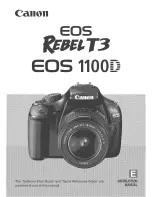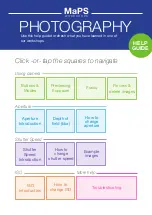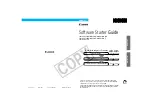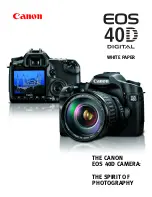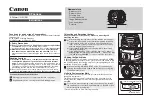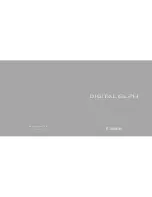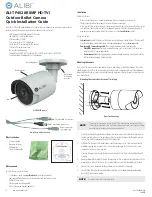
25
BOUNCE FLASH
Adjusting the Bounce Angle
The angle of the bounce head is important. If the bounce angle is
too low, the subject will be illuminated by both directly with the flash
and indirectly with the reflected light from the ceiling resulting in a
harsh and unevenly lit photograph.
Determine the bounce angle in reference to the distance to the
reflective surface, the distance from the camera to the subject, and
the angle of view of the lens.
Focal length of lens
Bounce angle
70mm minimum
45°
28~70mm
60°
28mm maximum
75°, 90°
Correct
Incorrect
Determine the angle in
relation to the table at
right.
BOUNCE FLASH
24
• With bounce flash, using ADI metering can result in incorrect
exposure. Set the flash metering-mode switch to TTL.
• Use a white ceiling or wall to reflect the flash. The color of a surface
will affect the color of the flash illumination. High ceilings or highly
reflective surfaces such as glass are not suitable for bounce flash.
Tilt the flash towards the ceiling.
•
The flash has a click stop at
60°. The
bounce head can be set in any
position between 0° and 90°.
PF2500D_EngA.qxd 2003.05.27 06:29 PM Page 24




















